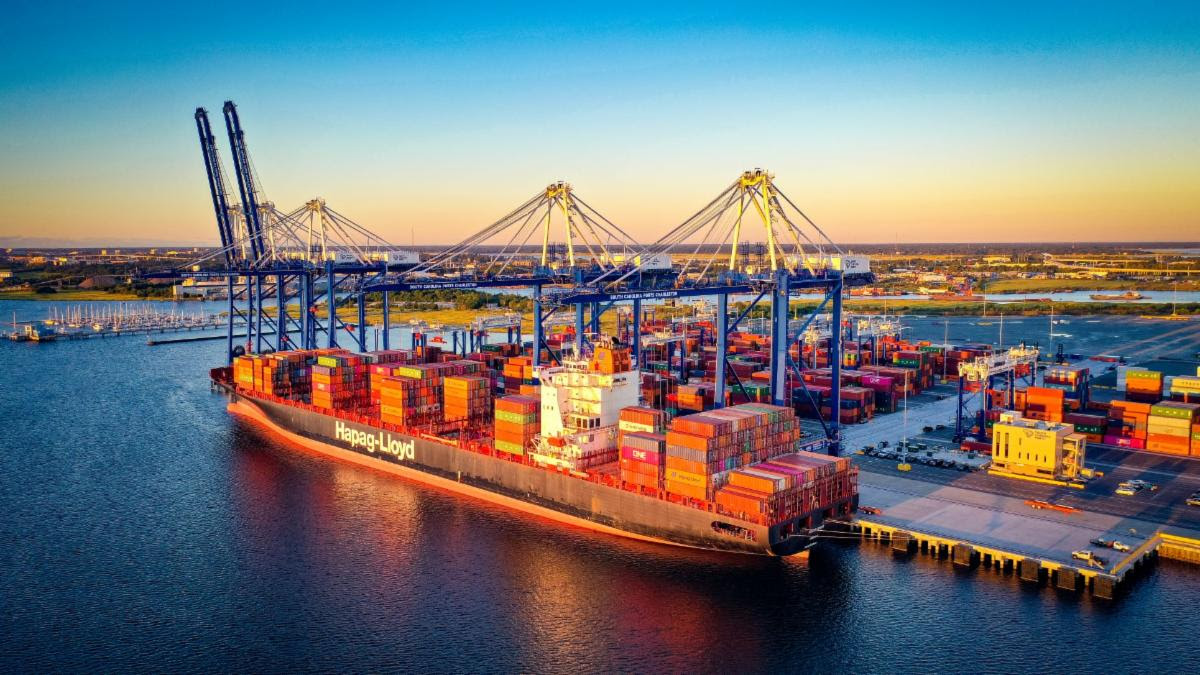South Carolina Ports had a record September for containers as the Port of Charleston continues to efficiently handle the boom in retail imports.

SC Ports moved 205,008 twenty-foot equivalent units (TEUs) at Wando Welch Terminal, North Charleston Terminal and Hugh K. Leatherman Terminal in September, setting a record for the month. This is a 5% increase year-over-year.
Fiscal-year-to-date, SC Ports has handled 684,517 TEUs at its container terminals, up nearly 18% from the same time a year ago.
SC Ports handled 113,486 pier containers, which account for boxes of any size, in September. This is up 5% from last year. SC Ports has handled 381,373 pier containers thus far in fiscal year 2022, up nearly 18% year-over-year.
SC Ports also had a record September for import volumes, handling 98,208 TEUs of loaded imports, a 9% increase from last September. U.S. consumers continue to spend more on retail goods during the pandemic, spurring record volumes since March and consistently strong retail imports.
“SC Ports kicks off fiscal year 2022 with a record first quarter. The Port of Charleston is handling more retail goods, home goods, furniture, appliances and electronics than ever before,” SC Ports President and CEO Jim Newsome said. “While the global supply chain remains under tremendous pressure, SC Ports is fortunate to have invested in the right port infrastructure at the right time. We have the cargo capacity, berth availability and terminal fluidity that retailers need to quickly move their cargo as we head into the peak season.”
SC Ports also handled 61,705 TEUs of loaded exports at the Port of Charleston in September, up 2% year-over-year.
Vehicles remained steady with 21,346 vehicles rolling across the docks of Columbus Street Terminal in September. Fiscal-year-to-date, SC Ports has handled 62,840 vehicles.
SC Ports’ Inland Port Greer also handled record containers in September, with 13,064 rail moves for the month, while Inland Port Dillon reported 2,133 rail moves in September. SC Ports’ rail-served inland ports extend the Port of Charleston’s reach inland, enabling the swift movement of cargo for customers throughout the Southeast and Midwest.
“As the slowdown in cargo velocity is felt throughout the global supply chain, SC Ports remains focused on providing customized solutions and efficient operations to keep freight moving,” Newsome said. “By investing more than $2 billion in port infrastructure in recent years, we have the capacity to handle the influx of imports we are seeing today.”
Source: SC Ports